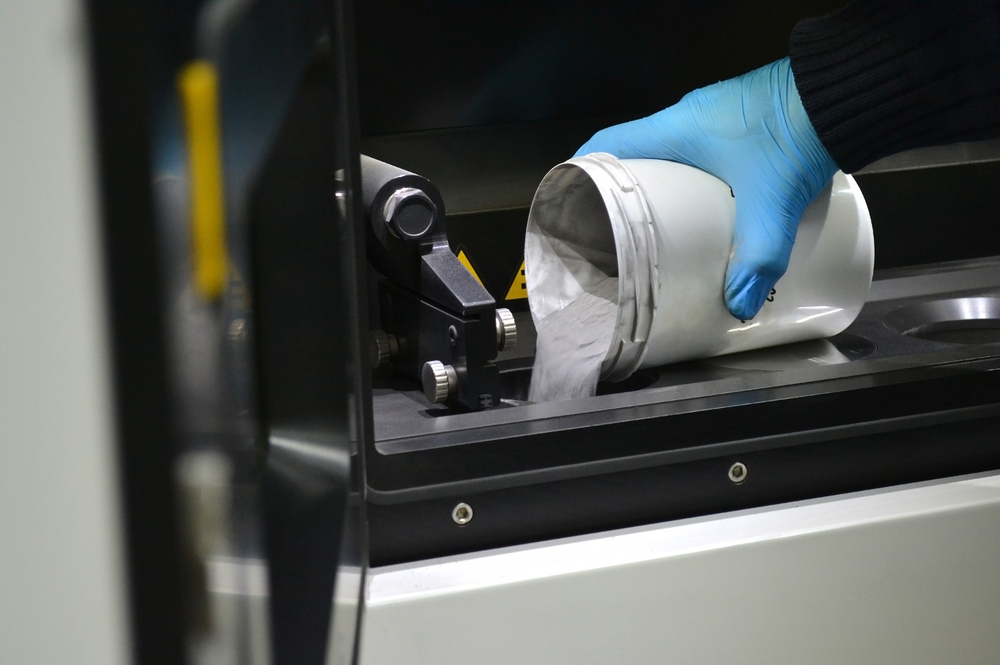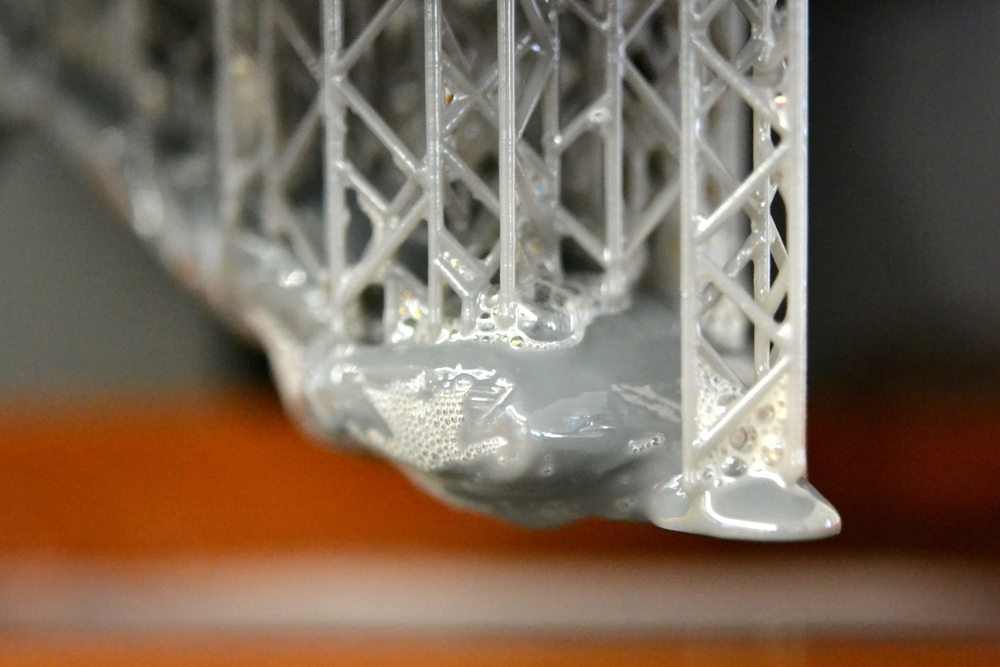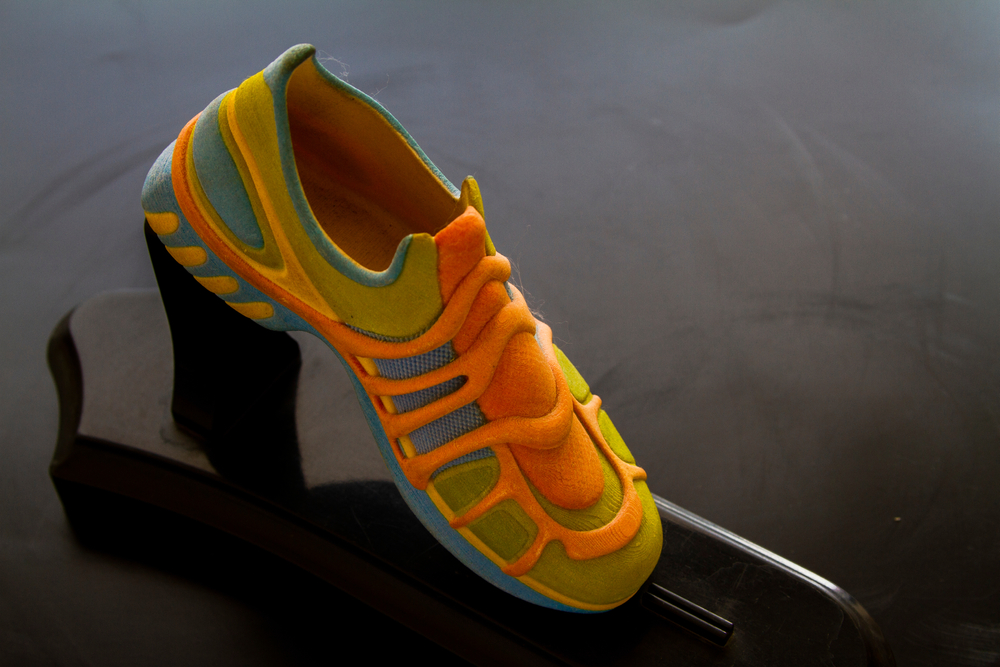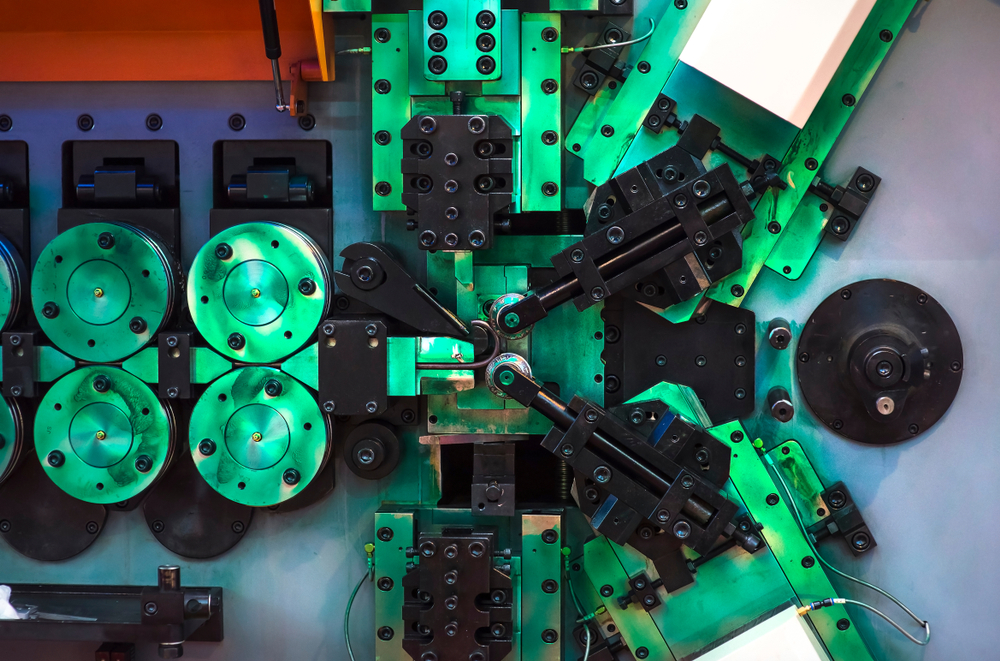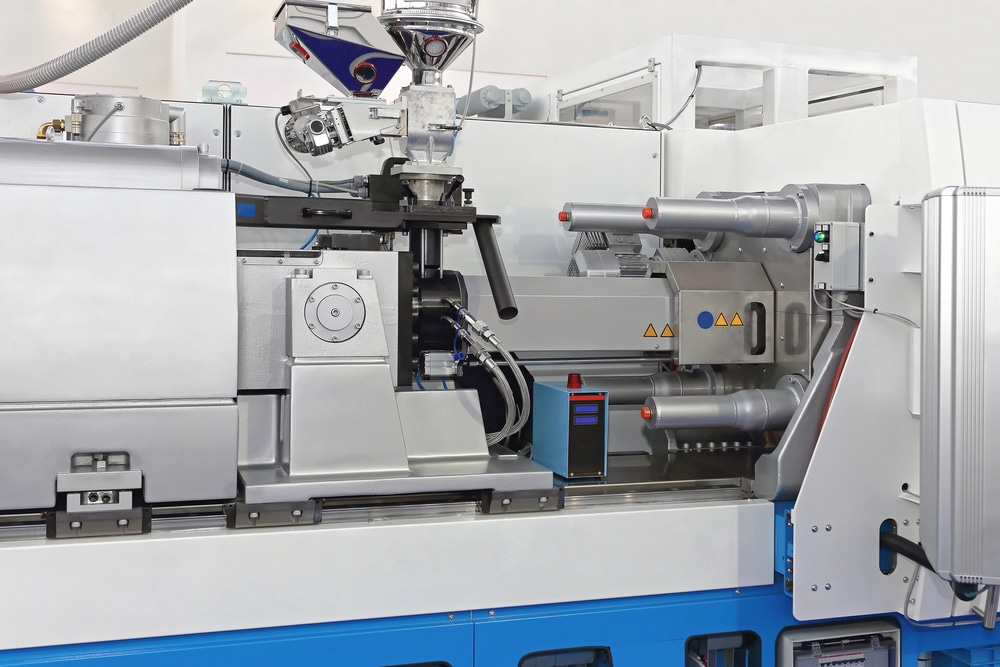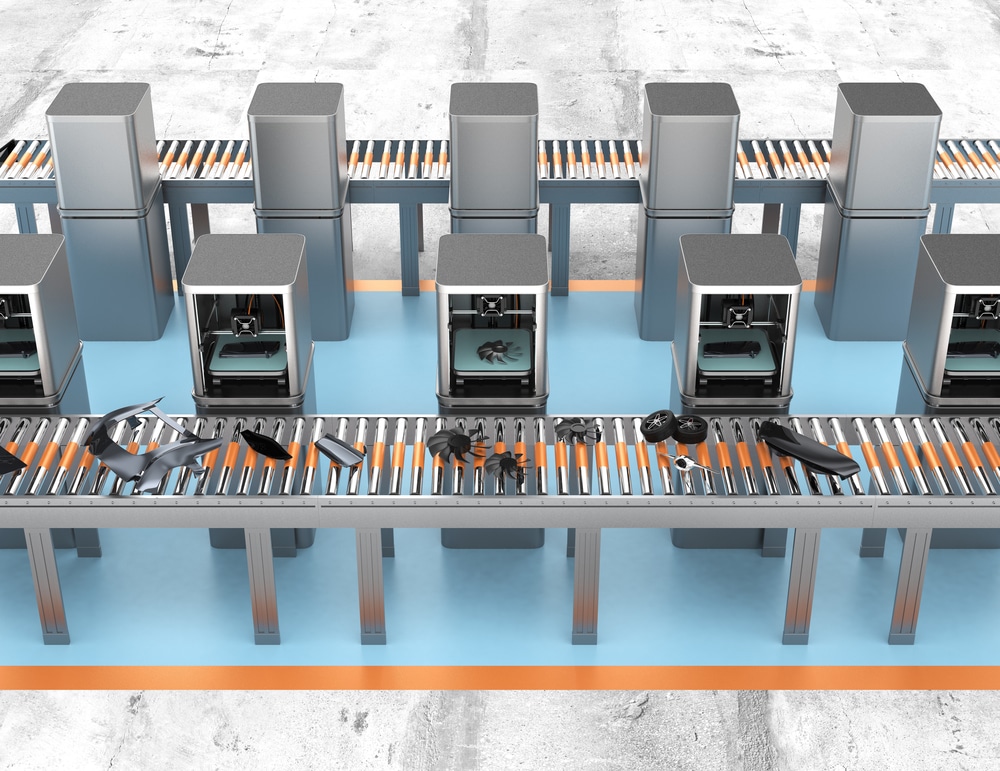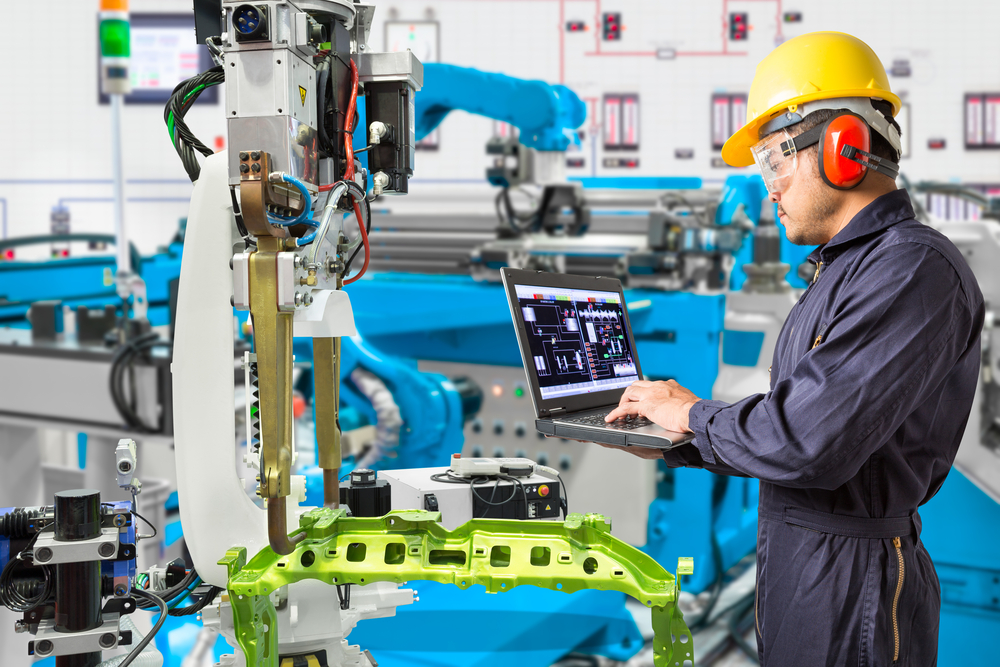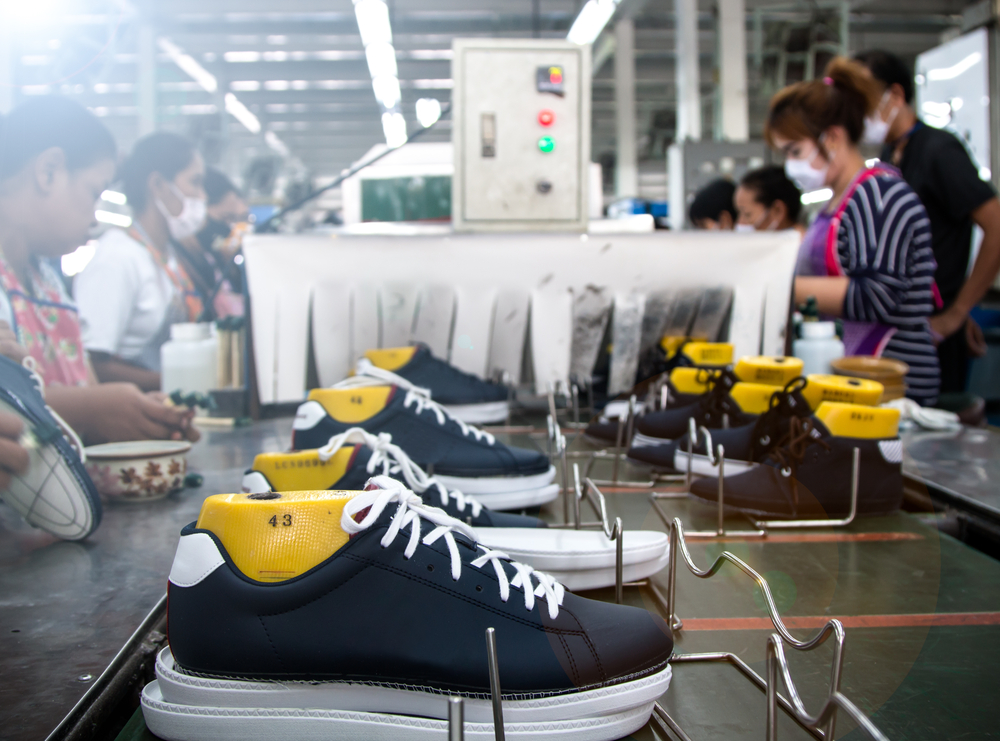3D Manufacturing
What Types of Materials Are Used in 3D Printing?
Many manufacturers’ first exposure to 3D printing was through fused deposition modeling, in which plastic filaments extrude through a nozzle during printing. Materials used in 3D printing were formerly confined to plastics and weak metal alloys that could be extruded at low temperatures. The scope of 3D-printable materials has grown considerably to include various metals, polymers, organic materials, ceramics, and even biological materials.
Read MoreHow to Use 3D Printing Processes to Scale Up Manufacturing
Traditionally, a 3D printing process supported only functional prototypes or finished products. With advancements in 3D printing technologies and materials, the same machine and 3D printing process can produce prototypes and finished products. To scale, connected 3D printers can seamlessly print the same product at a 3D printing smart factory, making it easier to get a new product onto a production line for high volume manufacturing. Here’s an overview for getting a design into high-volume production with 3D printing.
Read MoreFootwear Manufacturing Industry Analysis: Evaluating the Impact of 3D Printing
By the end of 2020, the total revenue connected to 3D printed footwear production is projected to reach $1.4 billion, an upward trend over the last few years. According to…
Read MoreBenefits of Additive Manufacturing for High Volume vs. Low Volume Manufacturing
There are many considerations in choosing high volume vs. low volume manufacturing. Additive manufacturing offers a viable option for any volume. It also enables manufacturers to implement a more agile business model with less risk. Here’s how additive manufacturing is reducing the gap between high volume vs. low volume manufacturing.
Read More3 Advantages of 3D Printing Over Traditional Manufacturing
3D printing is often perceived as slower and more expensive than traditional production methods. Many companies incorrectly assume it to be inaccessible because it’s different and more complex. However, improvements in 3D printing technologies and increased material performance have made additive manufacturing a viable alternative. Increased agility, reduced costs and risks, and onshoring will accelerate product design through production more effectively than traditional manufacturing methods.
Read More3D Printing: An Alternative to Injection Molding That Requires No Tooling
For companies looking for a more cost-effective and agile alternative to injection molding, 3D printing presents a unique opportunity. To create product variants, additive manufacturing can easily refine designs digitally instead of making new molds. Eliminating tooling reduces capital expenses and product turnaround time, and increases design freedom. Read on for a more in-depth breakdown of these advantages.
Read MoreFrom Design or Prototyping to High Volume Manufacturing and Automation With Connected 3D Printing
3D printing is allowing companies to improve manufacturing capabilities, whether in-house or leveraging contract 3D printing services in a smart factory. Companies in many industries can see multiple benefits when they use 3D printing smart factories for high volume or low volume/high mix manufacturing. Here’s how companies can accelerate the go-to-market of new products from prototyping to high volume manufacturing.
Read MoreHow to Develop High-Quality Night Guards and Retainers With 3D Printing
3D printing is a viable manufacturing method for volume and customized production in a number of industries, including footwear, aerospace engineering, and dentistry. Used for the last 35 years, 3D printing eliminates several steps from the traditional production method, significantly accelerating development without compromising product quality. 3D printing night guards and retainers offers several benefits for patients and dentists, making it increasingly the preferred method for developing dental devices.
Read MoreHow to Scale Up Manufacturing With a Smart Factory
With flexibility and a high level of automation, 3D printing helps manufacturers accelerate new product introduction (NPI) and full-scale production. Commercialization of 3D printing systems in smart factories has also brought costs down, allowing more companies to take advantage of additive manufacturing services. When deciding how to scale up manufacturing of new or existing products, partnering with a smart factory leveraging 3D printing allows greater flexibility in manufacturing capacity, while accelerating production ramp-up and supporting a high mix-low volume suite of products.
Read MoreFootwear Manufacturing Plant Costs and Considerations
3D printing, either in-house or outsourced to a contract manufacturer, helps footwear companies control costs, manage their risk, and create a broader range of higher quality products. If you’re looking to partner with a contract manufacturer or expand your existing footwear manufacturing operations, choose a partner or process based on 3D printing to help control costs and reduce risk.
Read More

